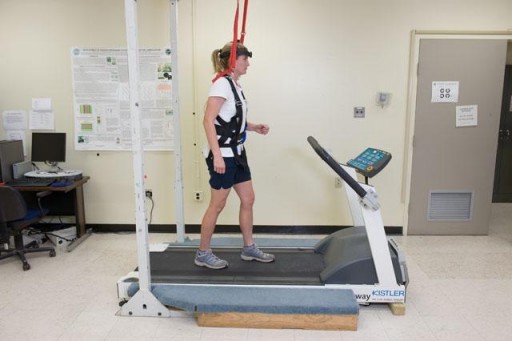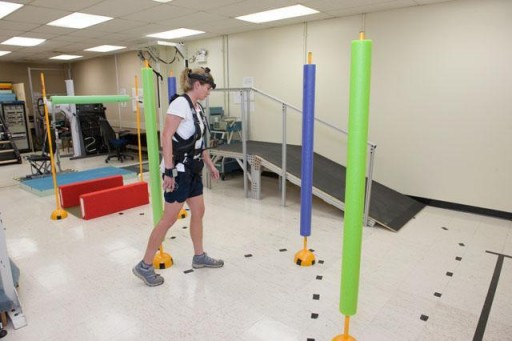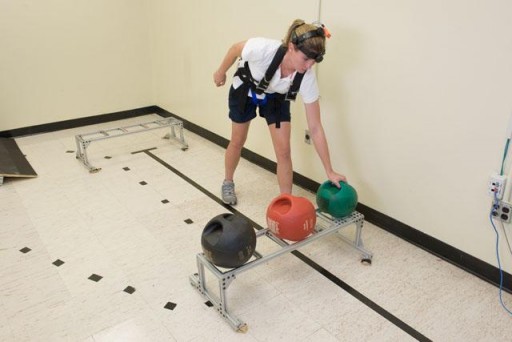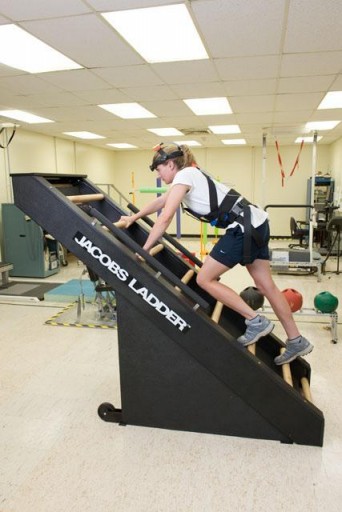Field Test


Field Test, going by the full name of Recovery of Functional Sensorimotor Performance Following Long Duration Space Flight, will assess the complexity, severity, and duration of physiological changes that have noticeable effects on a crew member’s health when returning to a gravity environment.
For crews returning from regular ISS missions, medical assistance is available immediately after landing to assist the crew and begin the process of rehabilitation. For a crew flying to Mars or another distant target, no such luxury will be present upon landing, requiring the crew members to be in a physiological state in which they maintain an ability to make sound decisions and perform basic tasks needed after landing such as reconfigurations of the spacecraft and the execution of science activities.
It is known that prolonged exposure to the space environment has negative implications on vision, balance, coordination, blood pressure, and the ability to walk which are all required abilities in a landing scenario on Mars. The Field Test study includes a series of tests performed by crew members before and after long-duration space flights to identify changes in physical abilities after prolonged exposure to microgravity which may have consequences for the design of countermeasures that target the physiological systems responsible for impaired functional performance.

The investigation uses pre-flight testing to determine a crew member’s baseline and post-flight tests to quantify the deterioration of physiological abilities. These tests include a combination of functional tests and physiological measurements conducted in three sessions before the flight and at Return+1, +5, +10 and +24 hours plus sessions at landing +1, 4, 6, 15 and 30 days. A subset of the protocol is collected immediately after the crew’s return inside the medical tent at the Soyuz landing site to determine the immediate effects experienced by crew members after their return to gravity.
The tests include a Sit-to-Stand Test, the Recovery from Fall Test (standing up from a prone position and remaining upright for three minutes), balancing while standing on both feet for several minutes, stepping over obstacles and the Tandem Walk Test (walking ten steps heel-to-toe with eyes closed). During all tests, cardiovascular and other parameters are measured to quantify the performance of the crew members before and after flight.
Functional Task Test

The Functional Task Test also known under its full name “Physiological Factors Contributing to Postflight Changes in Functional Performance”expands on the Field Test by adding more complex tasks that a crew may need to complete not immediately after but in the days following their landing, such as reconfigurations of their spacecraft, repairs, regular maintenance and extravehicular activities for science data gathering.
The methodology is the same as for the Field Test – having a crew member conduct three pre-flight sessions for use as a baseline and repeating the tests at Return +1, +6 and +30 days.
The functional tests include a Seat Egress and short-distance walk around obstacles, the recovery from fall and stand, transporting and manipulating objects, generating torque to open a hatch, climbing a ladder, a standard EVA training task, and jumping exercises to simulate the jump down from landing vehicles.
Physiological measurements include plasma volume determination, fine motor control tests, Posturography, muscle performance tests and treadmill locomotion (walking on a treadmill combined with a vision test).
